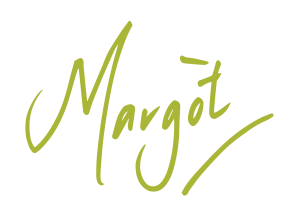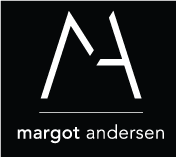975″]
“Our strength lies in our differences, not in our similarities”
-Stephen R. Covey
Next year marks the year that the iGeneration (the generation post ‘Gen-Y’ who were born 1997 and later) start university. Whilst for many of us our immediate question is where did the last 10 or even 20 years disappear to, it also highlights the reality that we are about to enter one of the most interesting times in our workforce history.
It will be the first time that will see five generations working side by side. Or to put it another way, it is the first time that we could see people working with those young enough to be their grandchildren or even great grandchildren. Coupled with the ever growing global nature of our markets and there is no doubt that diversity is not just our reality but also the hot leadership issue of the day. As well as seeing a more generationally diverse workforce we are about to see the greatest representation of this workforce sitting in the youngest two groups. The Harvard Business Review suggests that Gen Y and iGen will make up 46% of the entire workforce in the next two years and by 2025 they will represent 75%.
Bringing together such multi-generational diversity in a way that ensures happy and productive outcomes for individuals and organisations is undoubtedly one of the biggest challenges our leaders are about to face. Whilst we all recognise that diversity can be an asset rather than a liability, it is up to us to make the most of this shift in demographics. If we don’t and instead merely opt for the ‘go with the flow’ approach we risk confusion, loss of relevance and contribution, which is dangerous for both our own careers and the businesses that we lead.
Nurturing multigenerational diversity is not just about merely accepting our differences it is about recognising the strength that lies in them. It is about ensuring our workplaces actively value and desire these differences and demonstrate this from the moment people join to when they leave.
We are all aware of the generational stereotypes that abound so the first thing we need to do is move beyond the labels and dispel them. Falling into the trap of judging what is good or not good about one generation or which one is better only serves to widen the gap rather than unite it. Instead, finding areas of commonality on which to build and strengthen relationships is key if we are to develop the capacity to embrace the differences.
Interestingly Jennifer Deal, author of Retiring the Generation Gap noted that each of the generations of working age valued the same things. “Everyone wants to be able to trust their boss, no one really likes change, we all like feedback and the number of hours you put in at work depends more on your level in the organisation than on your age”. Whilst people of different ages do see the world through a different lens based on their own experiences, it is not as Deal says the primary reason for conflict. Instead it is largely due to miscommunication and misunderstanding, ‘fuelled by common insecurities and the desire for clout’ – who has it and who wants it.
To break down this miscommunication and misunderstanding never has the need for cross-generational and collaborative work environments been so apparent. Getting to know people individually by understanding their core skills, knowledge bases and work style preferences will go a long way to helping remove stereotypes that exist. In doing so it also allows for the differences between how the generations view the world, to be explored with deeper understanding, respect and genuine interest.
At the heart of all diversity issues (be it gender, age, or culture) flexibility, openness and trust are key. In the case of creating a high performing multi-generational workforce this needs to be evident in every age group. I would encourage you to take a moment to consider the following tops for developing it:
- Be values led: Ensure your core values underpin all aspects of your business: how you recruit and attract your staff; how you measure performance and contribution; how manage people as they depart; and how you attract and engage with your customers. Shared values will help individuals navigate generational diversity with greater agility and success.
- Create opportunities for cross-generational learning and mentoring: It is widely recognised that colleagues learn more from each other than they do from formal workplace training. Creating opportunities for the sharing of knowledge and skills, whether it is technology, commercial knowledge or specific technical or people skills is imperative if we are to maximise capability and performance.
- Embrace flexibility: Flexibility is key to attracting and retaining top talent. Research suggests that this is a key driver for all generations – and the older we get the more we value it. Flexibility though not just in the hours we work or the way we work, but also in the way we learn and engage with those around us is of paramount importance.
- Foster curiosity and learning: Regardless of learning styles, it is imperative that we foster both a love of learning and an interest in learning. By bringing generations together we leverage the power of collective knowledge, talents, skill sets and relationships and create competitive advantage.
- Make it personal: Get to know your people and where they are at on their life path. To motivate, inspire and incentivise all employees you need to know what their individual needs are and what is important to them. For some this will be a new experience, whilst for others it will be learning, money or flexibility depending on where they are at in life.
Leaders and individuals seeking to embrace generational diversity and inclusion stand to reap enormous benefits for both their careers and businesses. Not only are they demonstrating inspirational and visionary leadership but they are also helping to create happy, sustainable and productive workplaces, which regardless of our age or generation we all want to be a part of.
 If you would like to discuss ways to embrace generational diversity and inclusion please contact Margot directly on margot@talentinsight.com.au or +61 3 9866 3842.
If you would like to discuss ways to embrace generational diversity and inclusion please contact Margot directly on margot@talentinsight.com.au or +61 3 9866 3842.

